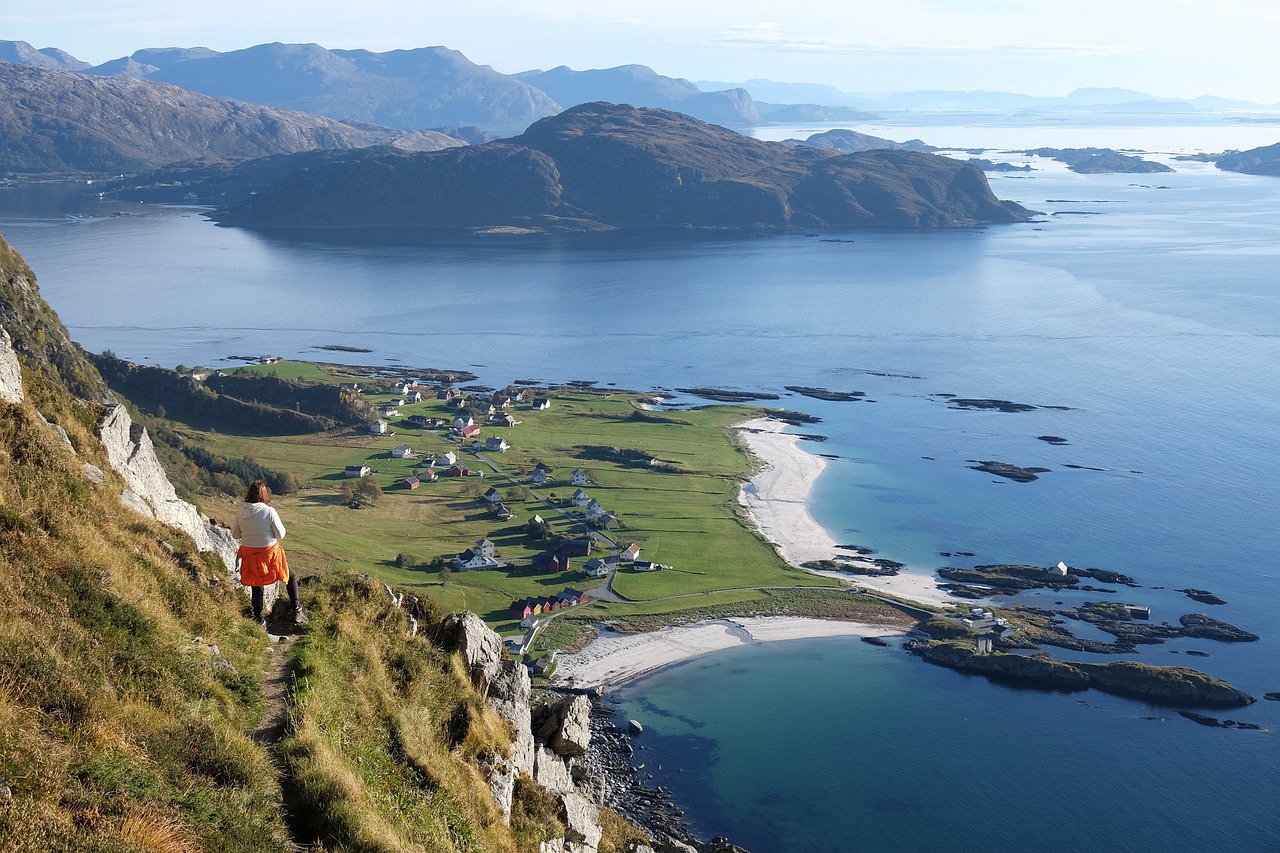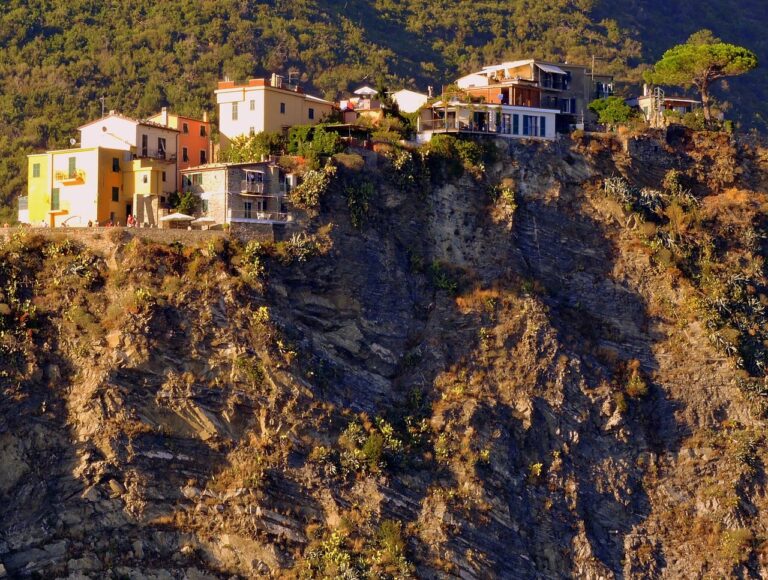Green Roofing Solutions for Sustainable Home Improvement
Green roofs offer a multitude of advantages, making them a popular choice for environmentally conscious individuals and organizations. One of the key benefits is their ability to reduce energy consumption by providing natural insulation, thus lowering heating and cooling costs. Additionally, green roofs mitigate the urban heat island effect by absorbing heat and releasing it gradually, helping to cool the surrounding environment.
In terms of stormwater management, green roofs are highly effective in reducing runoff and minimizing the risk of flooding. The vegetation on the roofs absorbs rainwater, which helps to alleviate pressure on municipal drainage systems during heavy rainfall. This not only lessens the chance of overflowing sewers but also helps to improve water quality by filtering out pollutants before the water reaches natural bodies of water.
Types of Green Roofing Systems
Extensive green roofs are the most common type, featuring a thinner layer of soil and primarily low-maintenance vegetation such as sedum or grasses. These systems are lighter in weight and cost-effective, making them a popular choice for residential and commercial buildings alike.
Intensive green roofs, on the other hand, involve a thicker soil layer and a variety of plant species such as trees, shrubs, and even small gardens. This type of green roof requires more maintenance and structural support due to its weight, but it offers additional benefits such as increased insulation, biodiversity, and aesthetic appeal.
Extensive green roofs are the most common type with a thinner layer of soil
Low-maintenance vegetation such as sedum or grasses are typically used
These systems are lighter in weight and cost-effective
Intensive green roofs involve a thicker soil layer
A variety of plant species such as trees, shrubs, and small gardens can be found on intensive green roofs
Requires more maintenance and structural support due to its weight
Offers benefits like increased insulation, biodiversity, and aesthetic appeal
Environmental Impact of Green Roofing
Green roofing systems offer a range of environmental benefits that contribute to a healthier and more sustainable urban environment. By absorbing and filtering rainwater, green roofs help to reduce stormwater runoff and alleviate the strain on municipal sewer systems. This can help prevent issues such as sewage overflows and water pollution, ultimately supporting cleaner waterways and healthier ecosystems.
Another important environmental impact of green roofing is their ability to improve air quality in urban areas. Green roofs absorb carbon dioxide and other pollutants from the air, which can help mitigate the effects of urban heat islands and reduce harmful emissions. By acting as a natural filter, green roofs play a crucial role in purifying the air we breathe and creating a more livable and sustainable cityscape.
What are the benefits of installing a green roof?
Green roofs provide insulation, reduce energy costs, improve air quality, reduce urban heat effect, manage stormwater runoff, and provide habitat for wildlife.
What are the different types of green roofing systems?
There are intensive green roofs, which support a wide variety of plant life and require maintenance, and extensive green roofs, which have a thinner layer of soil and require less maintenance.
What is the environmental impact of green roofing?
Green roofing helps reduce the urban heat island effect, improve air quality by absorbing pollutants, reduce stormwater runoff and improve water quality, and provide habitat for wildlife in urban areas.







